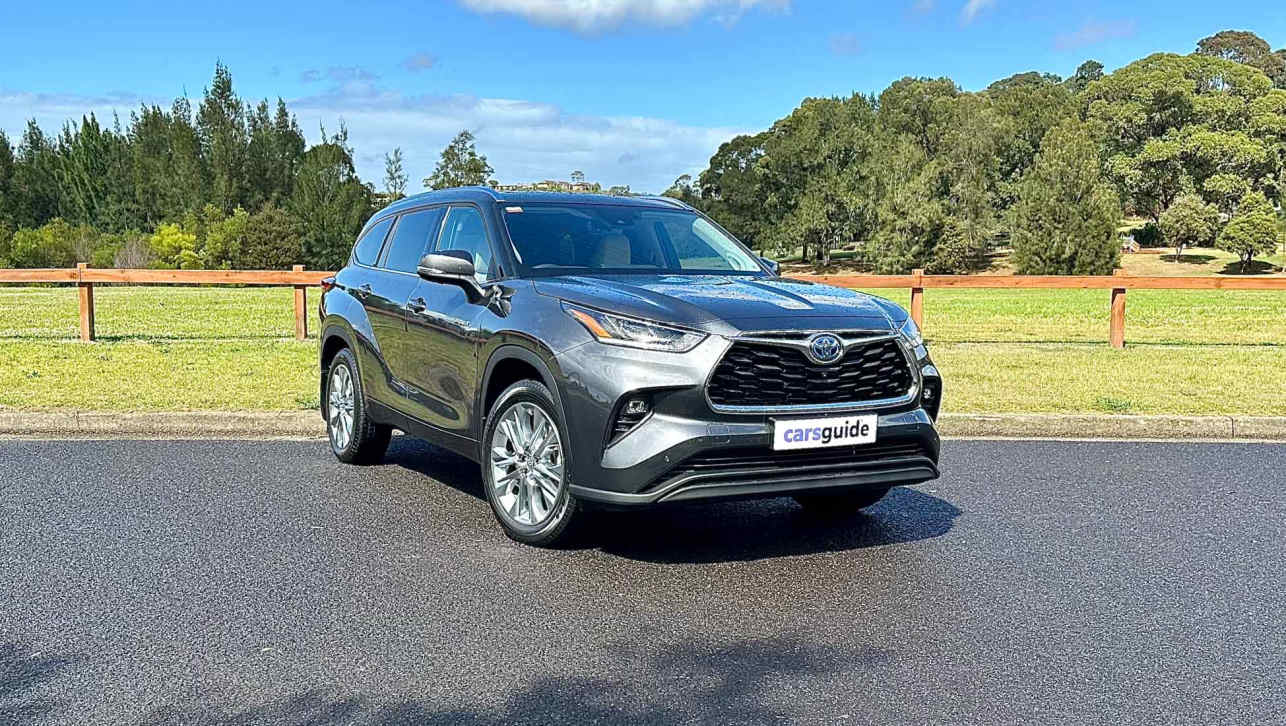Autonomous driving is a hot topic, with experts in South Australia to discuss the technology this week.
Artificial intelligence expert Toby Walsh says in 30 years people will be no longer be allowed to drive because automated vehicles will be safer.
But a leading industry figure says it's unlikely a computer will ever do a better job of driving than a good driver.
Ken Koichuba, head of future projects for Toyota, says humans have the edge over computers because they can comprehend the behaviours of other road users and anticipate their movements.
He says automated driving programs often detect dangers not there, meaning the car will brake and slow unnecessarily.
"There are many dangers so we cannot drive smoothly," Koichuba says. "When a human such as me is driving I am anticipating other people's movements and behaviours.
"For example ‘that person will turn left so he or she is not dangerous' but we cannot predict that child's movement."
If a person sees a child kick a ball onto the road, they will anticipate the child may run after it, while a computer can't make that judgment.
Use the strength of humans but compensate for weaknesses
"Humans' perception ability is very high so it is difficult to make better computers than humans," Koichuba says.
"But a computer has other better points than humans. They can see 360 degrees all the time and the machine never tires. A human has good peak performance but a machine can work consistently higher."
Koichuba says the ideal approach would be to use man and machine in tandem.
"We try to compensate for each other. Use the strength of humans but compensate for weaknesses."


.jpg)


.jpg)








.jpg)
.jpg)
.jpg)
.jpg)


.jpg)
.jpg)

.jpg)






Comments